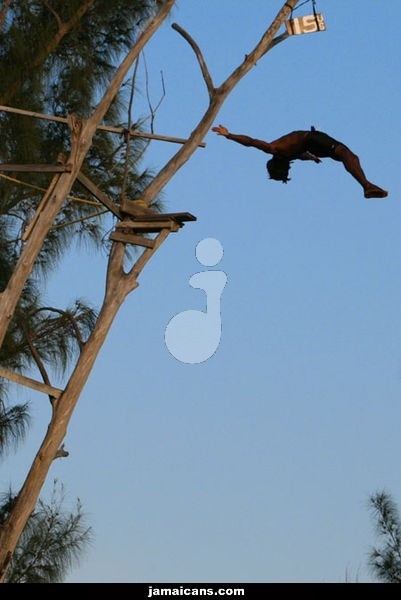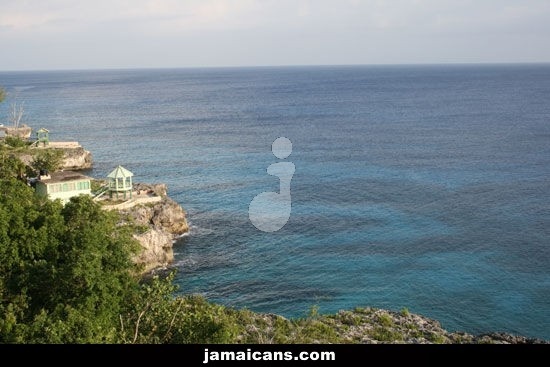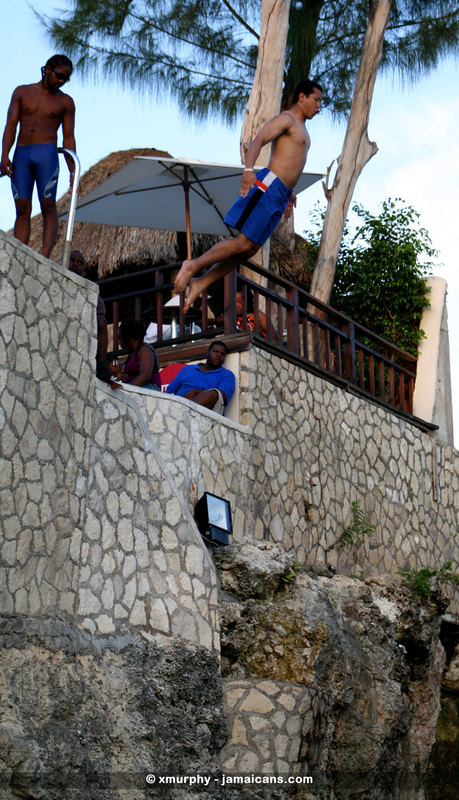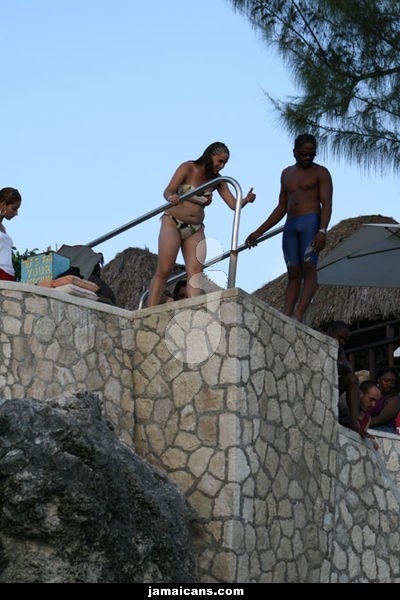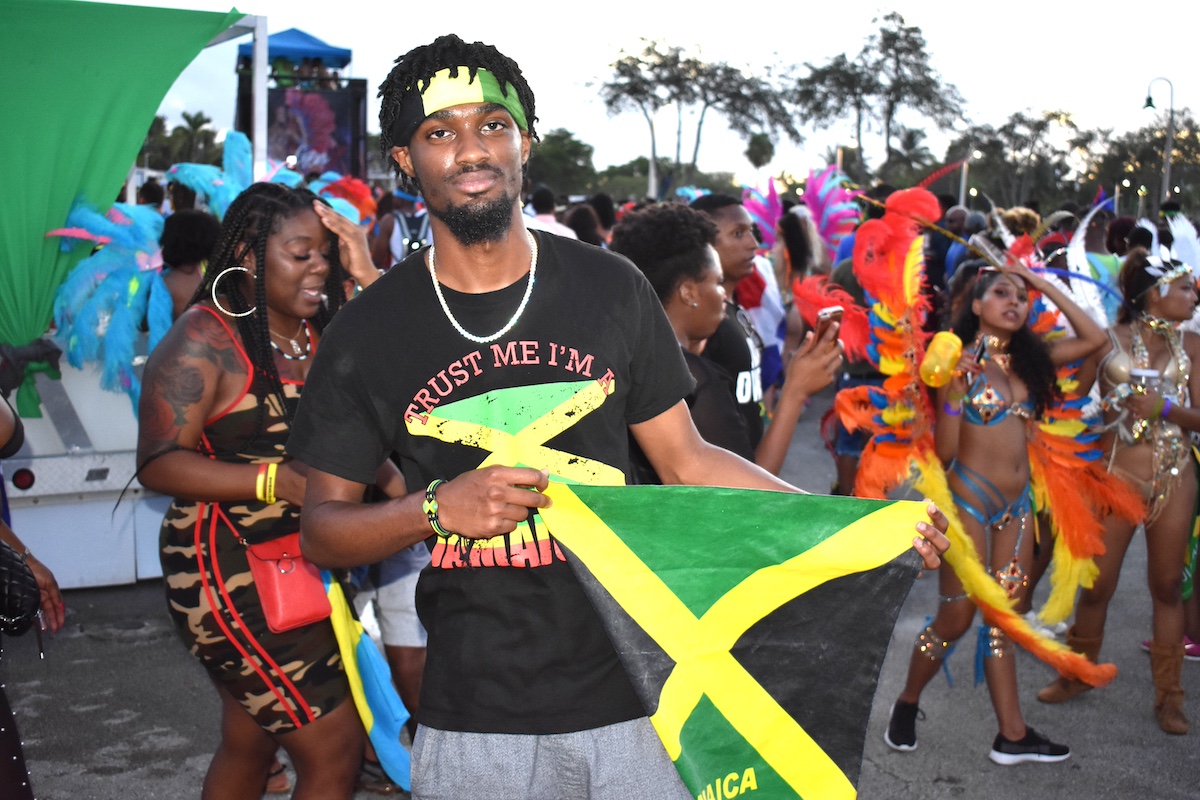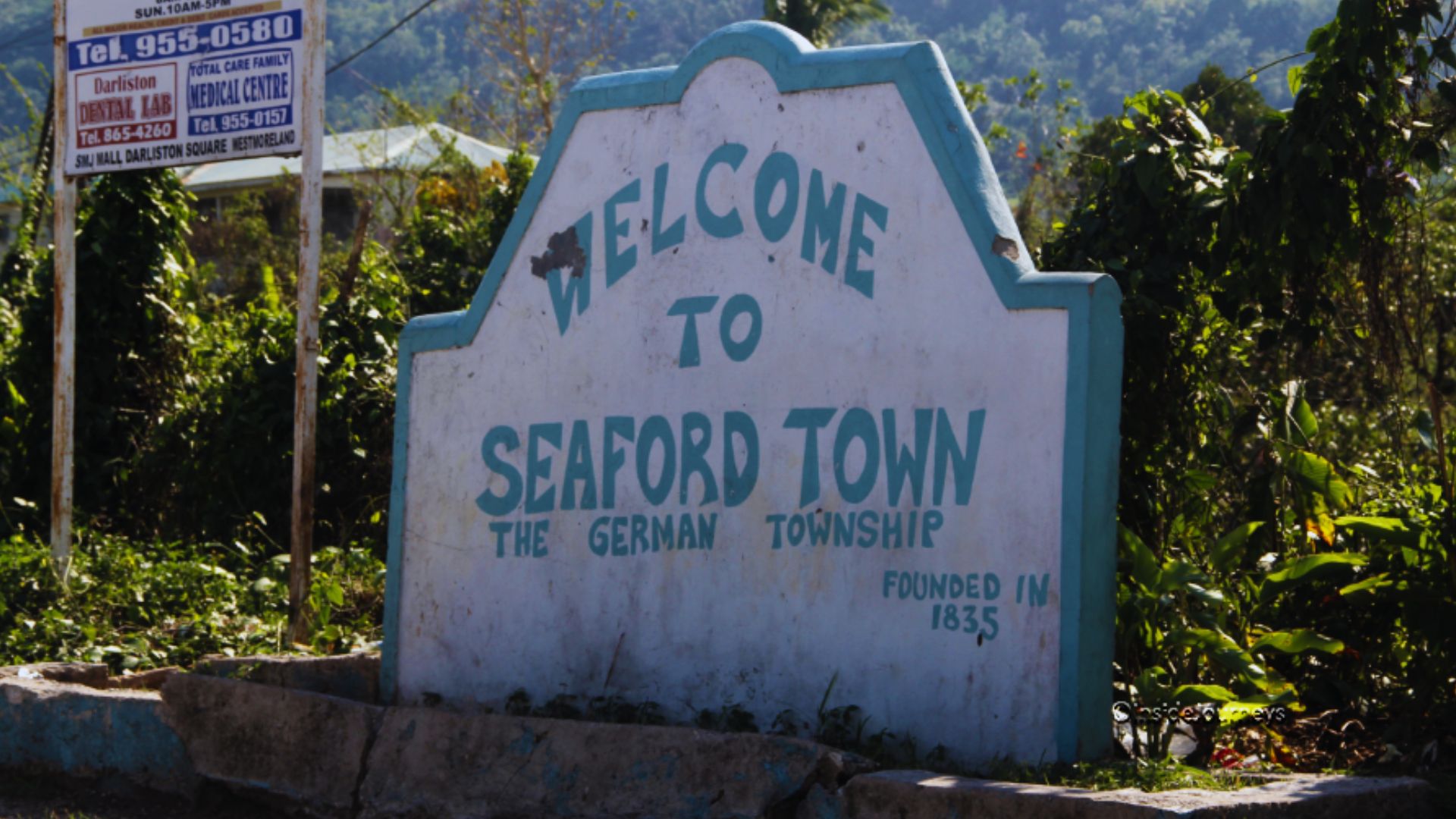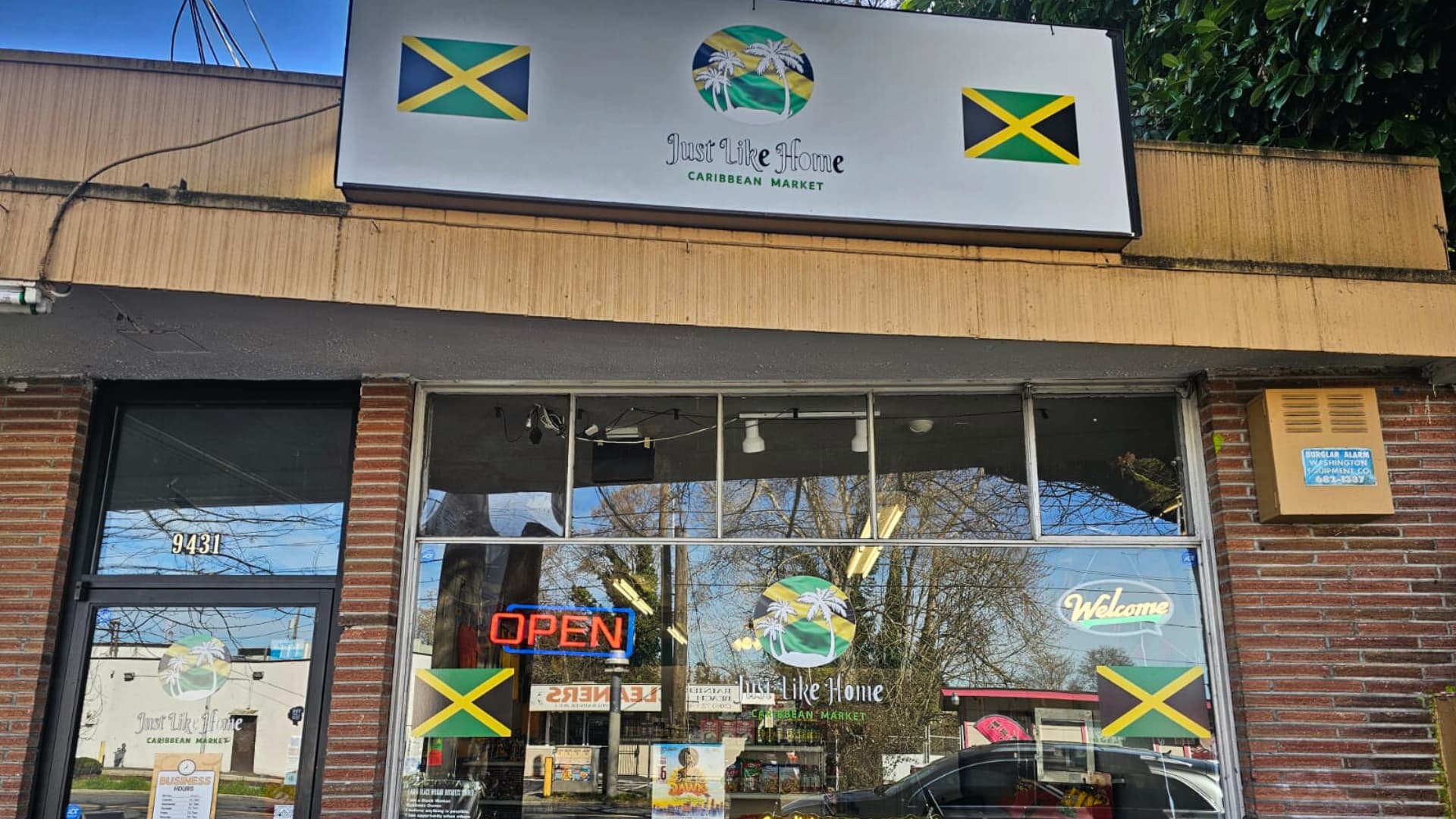Negril is a beach lover’s paradise. Its location close to several spectacularly beautiful areas offers visitors the choice to relax at a tropical beach or explore fascinating natural environments – or both!
Day 1 – Negril, Seven Beach, Blue Hole
The first day of your itinerary should be spent enjoying the beaches around Negril. You may decide to visit Seven Beach, which offers a large expanse of pure white sands bordering crystal-clear waters. The beach environment features restaurants, beach bars, and changing rooms for your convenience. Another excellent beach choice is Long Bay, nearly 16 km (10 miles) long, its black sands provide an even more exotic beach experience.
No visit to the Negril area would be complete without exploring the Blue Hole, one of Jamaica’s iconic attractions. Just a 20-minute drive from Negril, the a hole in the cliff rock leads to a drop of over six meters (18 feet) into a translucent pool formed by a mineral spring.
If you’re ready for more island explorations after spending time on the beach, a visit to the city of Negril should definitely include a tour of its lighthouse, which was built in 1894, and shopping at the local market. Get a taste of Negril’s dynamic nightlife with an evening at Floyd’s Pelican Bar. The venue is located on a sand bar that can be reached via fishing boat and features a bar made of driftwood. Another choice for nightlife is the wild Jungle Nightclub.
Day 2 – Royal Palm Reserve, Rhodes Hill Plantation, Rick’s Cafe
The second day of your tour features a visit to the Royal Palm Reserve, just a short drive from Negril. The reserve is part of the Great Morass where you can view a wetlands environment teeming with crocodiles, Jamaican woodpeckers, and unique island plants. At Cotton Tree Lake you can watch animals as they come to the shore to drink. The raised wooden boardwalks in the park let you move about right in the jungle while staying safe. The park includes a small nature museum, several restaurants and cafes, and a gift shop.
Next is a stop at Rhodes Hall Plantation, a sugar plantation dating from the 18th century. The area comprises over 550 acres with a private beach, nature trails, mangrove swamps, a bird sanctuary – watch for the magnificent Indian Blue Peacocks that shelter here, a crocodile river, and an infinity pool – which has no crocodiles! The coral reef in the bay at Rhodes Hall is perfect for snorkelers. Every day at 9:30 am and 1:30 pm, the park offers horseback riding tours of the working plantation. Another must-do excursion at Rhodes Hall is the tour of the mile-long Arawak Cave where inhabitants of Jamaica lived over 500 years ago. The cave is currently the home of some 20,000 bats! The cave tour is offered three times a day, at 10 am, 2 pm, and at sunset.
Returning to Negril, you will pass by Orange Bay, Bloody Bay – whose name reflects the area’s history as a whaling center – and Coral Beach. After the day’s adventures, you’ll be ready to visit Rick’s Cafe, which is notable for its sunset views across the seas. This is also the location where local divers launch themselves into the ocean from the nearby cliffs.
Day 3 – White House, Black River, Appleton Rum Estate
On the third day, drive east along the A2 along the coast, passing through Little London, Savanna la Mar, and the fishing beach towns of Belmont, Bluefields, and New Hope. In the town of White House, lovers of reggae music can pay their respects at the final resting place of Peter Rosh, one of the legendary Wailers.
At Black River, you can hire a guide and take a safari up the river, viewing mangrove swamps and dense tropical jungle. There are more than 300 American crocodiles that make their home in the river, so there is no swimming here, but you can watch the creatures from a boat. This area is also home to the Bladderwort plant, a carnivorous plant that lives on the surface of the water. When you are ready for lunch, you can dine and relax at the Riverside Dock Restaurant.
Next on the itinerary is a visit to the 250-year-old Appleton Rum Estate, where you can learn about the history of rum, view distillery operations, and of course, sample its output! The distillery still uses copper pot stills, which provide a link back to the origins of the facility and 18th-century sugar cane production. Following the rum-tasting, you can head back to Negril and treat yourself to a delicious seafood dinner at one of the many fine restaurants there.
